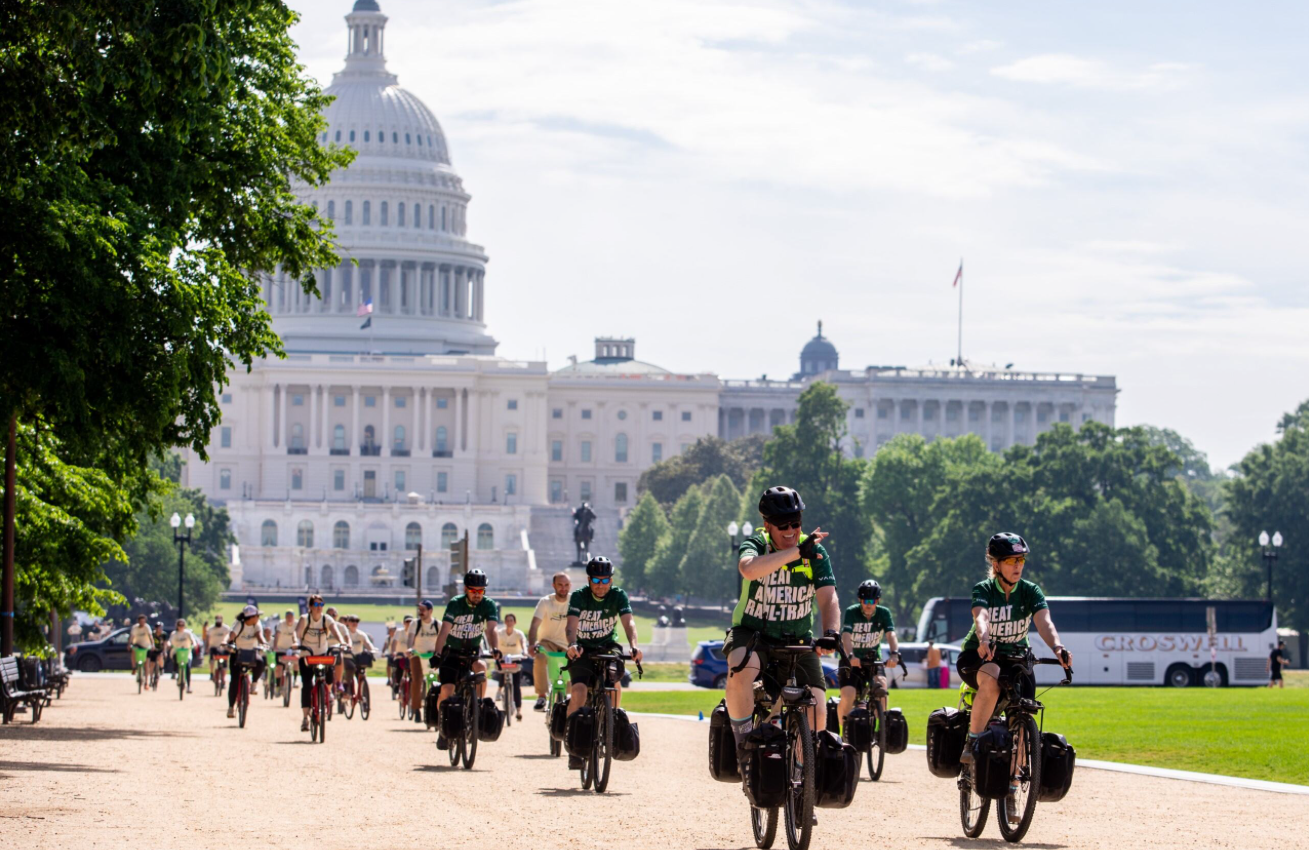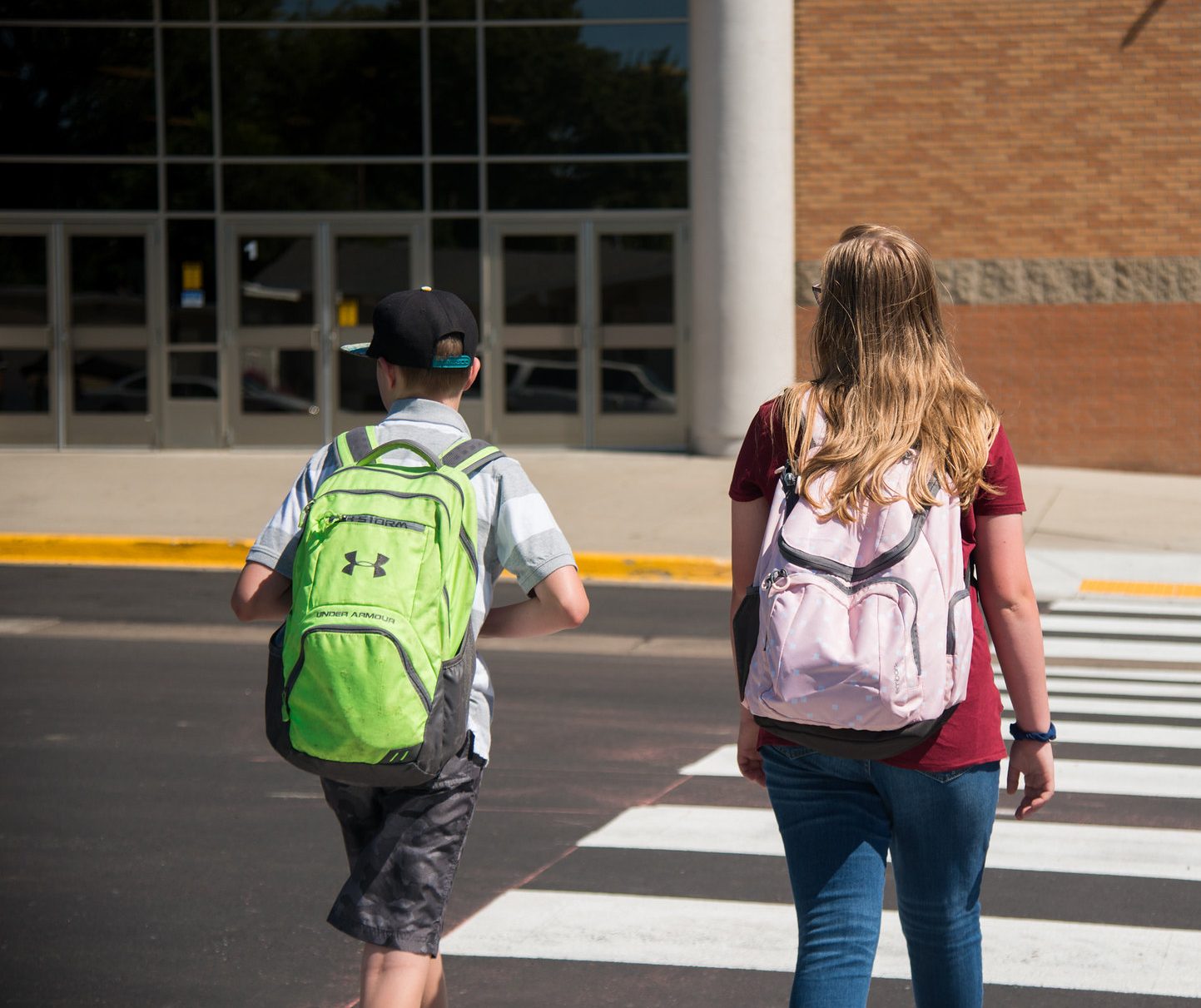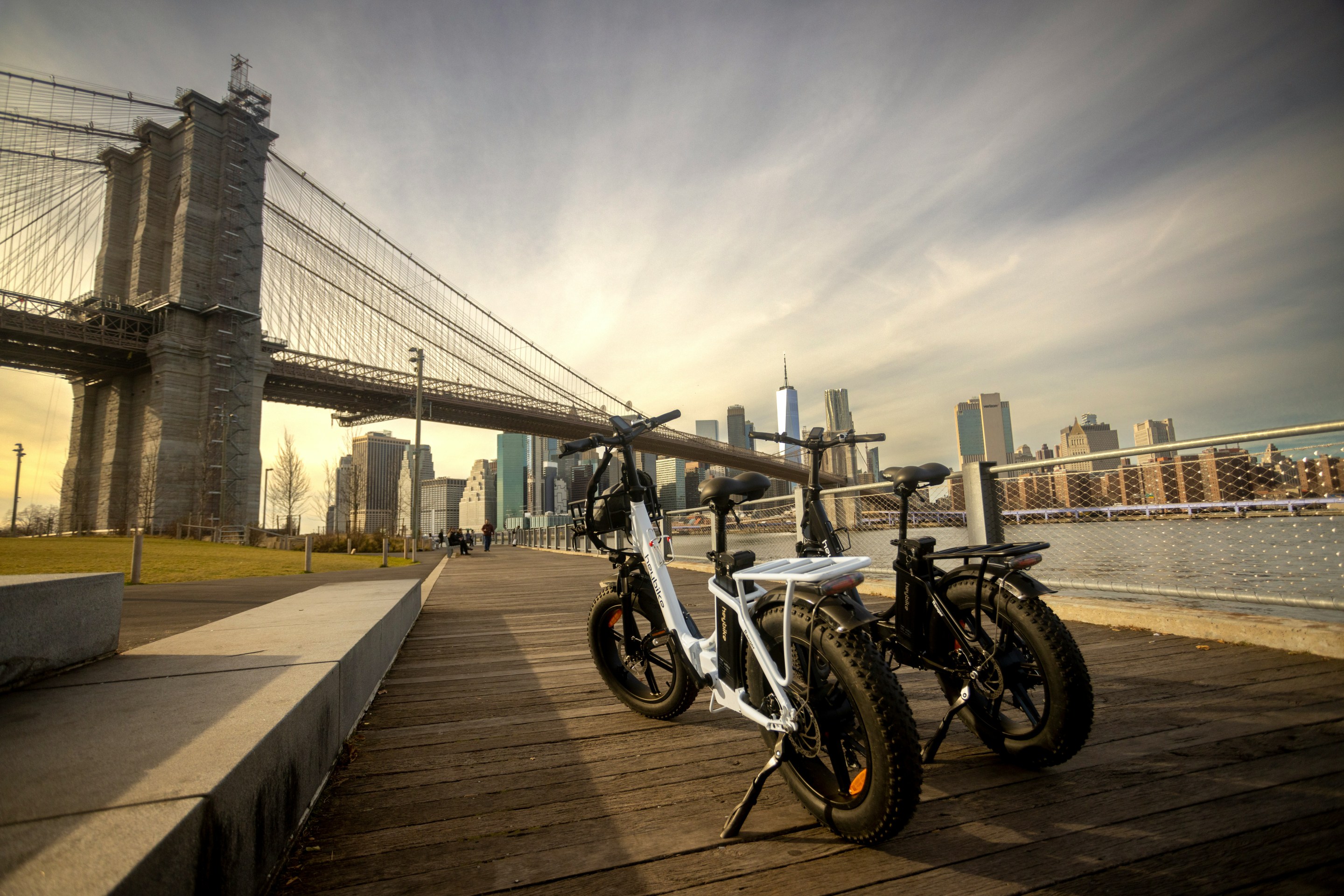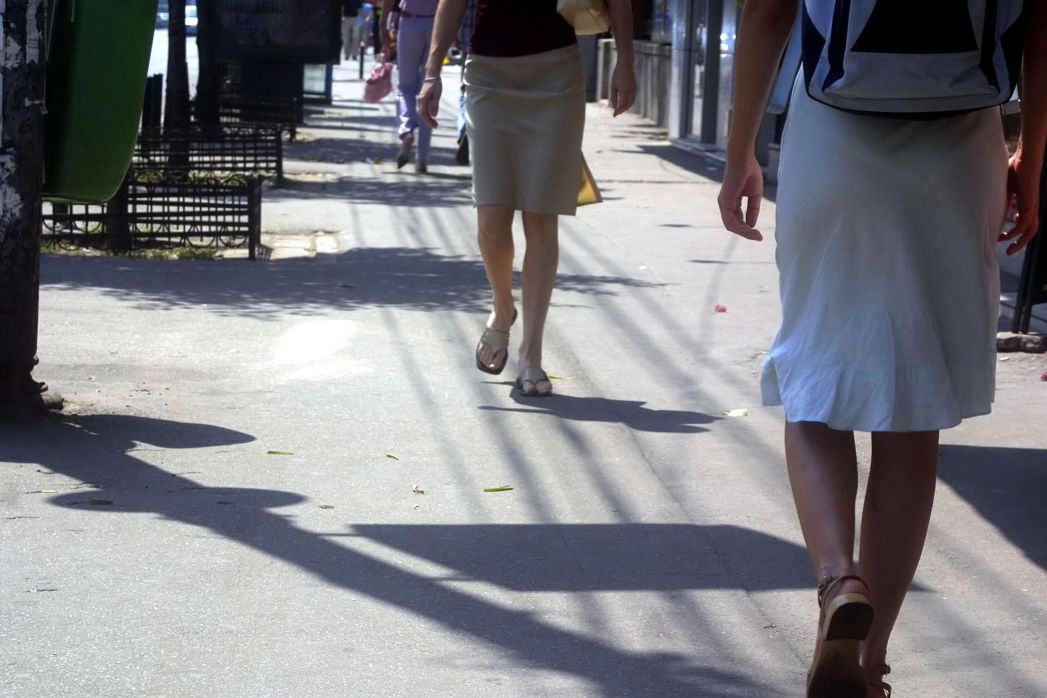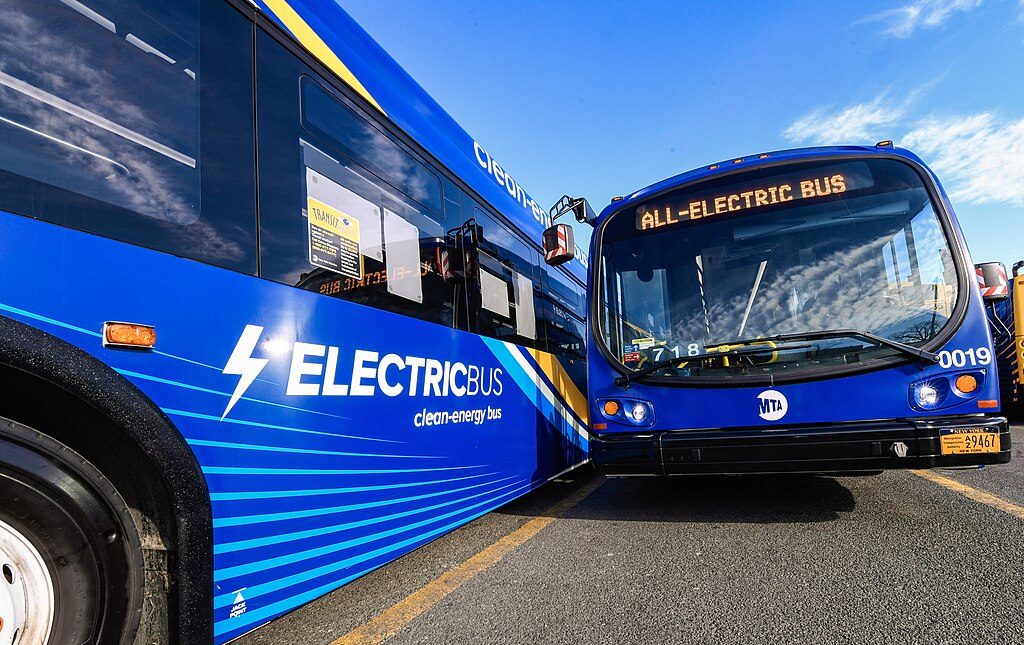This week, we’re joined by Andres Sevtsuk, professor of Urban Science at the MIT Department of Urban Studies and Planning to talk about his book, Street Commerce: Creating More Vibrant Urban Sidewalks. We chat the importance of location in urban retail, the city factors that might determine a store’s success, and why urban retail should be studied more in planning school.
If you prefer to read rather than listen, a partial transcript is below the player. If you want a full, unedited transcript (with typos!), click here.
Andres Sevtsuk: Oftentimes, commerce has concentrated into very few big providers like a single shopping center or something like that. And I find those really interesting, that space between the sort of predictable pattern and that which is a result of local deliberate efforts.
Jeff Wood: What are some of those local deliberate efforts? Because we often see places that just kind of allow commerce to happen — they believe in the invisible hand of the market, etc, capitalism generally. But there’s so much stuff you can do as a city to kind of influence how retail actually works in the city and whether it’s beneficial to people or whether the clusters actually work or not.
Andres Sevtsuk: Yeah. I mean, the ways in which cities can influence that pattern actually are really diverse and wide-ranging At the macro level, I think density is one of those things that truly influences the kind of city you get in terms of its retail pattern. Denser cities produce shorter trips, and on average, you have a lot of things close by, so people tend to walk more rather than drive. That produces, in turn, a finer grain of stores along streets. In cities that are lower density and car-oriented in general, you end up with large shopping centers that absorb most of the purchasing power in the region. So density and also investments into public transport are some obvious, like big ticket things that really shaped the retail landscape of the city, but at the smaller level, even at the sort of scale of individual streets or main streets, there’s other things like investments into the public space along the street goes a long way on bringing people out and equipping streets with things that no store alone can provide, like landscaping, like better sidewalks and pavers, like good streets, furniture, decent sort of arrival mechanisms like bike parking or street parking and things that enable people to get there.
And then I think like the third or most microscopic scale that cities can really get directly involved with is providing policies and incentives. So I cited in the book some pretty unusual examples for instance, from London, where a borough of Hackney has gone in as a public sector player and bought up vacant storefronts and then subleased it to the kinds of stores they think that should be there. So this is taking a really active role on behalf of government to say, we think that this cluster would really benefit, let’s say from a grocery store, well, none of the landlords are willing to give it a good lease. So the grocery stores haven’t come, the area may be too pricey, or for some other reasons they can’t come in.
So we’re going to maybe take it even a hit. We might lose some money in the process, but we think this is good public policy. We’ll put in the store. In the context of Boston and close to where I am. You’ll have big institutional players who do exactly that. So for instance, the universities will own a lot of real estate and they will oftentimes lease out some space at bargain rates just to get certain types of businesses in which benefits everyone. And this is touching upon this idea that coordination can go a very long way in, in making a good cluster work. And that’s the key benefit that shopping centers have in street corners usually doesn’t have,
Jeff Wood: Yeah, the central management, that’s something that you brought up about the shopping centers, shopping malls was that they have kind of one overarching owner, and then they try to sort the stores inside based on, you know, their tenant mix. And you have the anchors at each side, which bring in the traffic and then they’ll rent out stores based on, you know, whether they think it’s something that they need that is of interest, but maybe they’ll give it to the store for a lower price. So cities can do that exact same thing. And it’s interesting to think about, you know, when you mentioned this in the book too, is how Amazon is doing this as well, basically one central management for everything. And it creates this kind of economy of scale that can’t be kind of replicated by individual stores in the city, which means cities have an even more important role if they want to preserve their retail establishes.
Andres Sevtsuk: That’s absolutely true. Yeah. You know, one way of looking at Amazon is, is over the next generation of the shopping center where it’s extremely centralized and the entire ecosystem that falls under one big owner. Right? I think one of the key points I try to make in the book, and I particularly go and talk about this one example from Tallinn, this called the Brick Center, and it’s an urban cluster and it works in some ways like a shopping center, but it flips the model upside down. So what, maybe I’ll just describe briefly what that example entails. So in a typical shopping center, just as you described right now, the anchors are the highly subsidized units.
They are thought that bring in the foot traffic and the intermediate restores where the highest foot traffic is inside the mall is where the rents are the highest, and that’s where all the profits are made for the shopping center. Now, this brick center in Tallinn, did the opposite. It subsidized a lot of small operators and mostly small creative businesses and created this sort of really desirable and active sense to this cluster. That’s in the former industrial complex, close to the city center. And it became such a desirable destination that larger companies wanting to join in because it had a very strong sort of location value.
And that’s what the, what the management did is they started charging these established large companies, top dollar rents, and that’s where their profit comes. So, so in a way, it proves that you don’t have to use the sort of 20th century shopping center model to revitalize urban street commerce either. It doesn’t mean that we need to put big box stores in the city centers to get the traffic in the same logic could apply to a whole cluster of small stores. And indeed that’s something that’s been missing. I think oftentimes when municipality is subsidized in all sorts of forms, retail, and it’s oftentimes through infrastructure or tax breaks or tax incentives and so forth, almost always those incentives have gone to large big box stores.
And, you know, that’s, I think one of the challenges we have ahead of us for the 21st century is to rethink that and see how we can actually subsidize the kinds of things we want to have. And I I’d argue that it’s oftentimes more beneficial to try to lure in lots of small local stores that define a place and that people love, and then clip that sort of subsidies models on its head.

